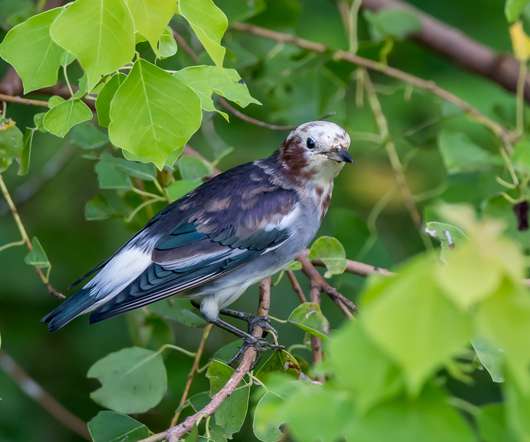Birding Nanhui, Shanghai, in September 2021
10,000 Birds
OCTOBER 4, 2021
Being a bit older myself now, I have to point out that young human males usually do not look that good, at least to me. Cattle Egrets have perfected that smudgy look. For example, the main article states that “At Lac de Grand Lieu, W France, birds commute 2–38 km between colony and feeding territories.”














Let's personalize your content